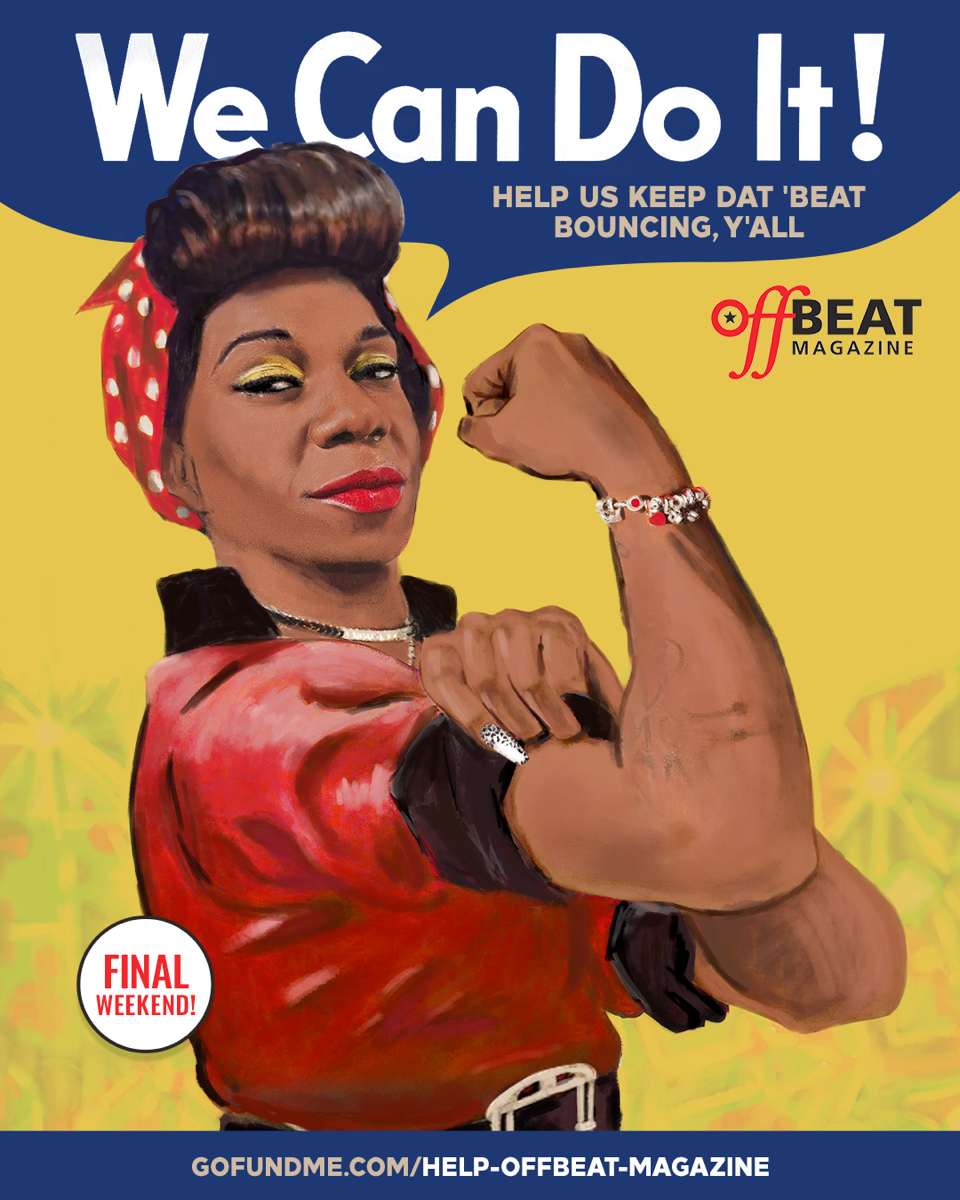 |
In Daydream Nation, Matthew Stearns’ contribution to Continuum Books’ 33 1/3 series of books about classic albums, he describes Sonic Youth’s breakthrough album from 1988 as having passages that are “the aural equivalent of a full-blown claustrophobic seizure, characterized by paralyzing anxiety and heart-pounding panic.” It’s one of the records that “take us all the way out [Italics his], freak the bejeezus out of us.” When “Silver Rocket” starts, he says, it unleashes “sortie after sortie of chemical-rash inducing guitar assaults.” The pleasant opening of “Cross the Breeze,” he writes, “is filleted into tiny little strips as a slicing, overdriven bolt of guitar violence erupts into the mix and rains steaming, melting piss down on the street.” And so on.
I’m glad I had already heard Daydream Nation before reading Stearns’ book because I can’t imagine any record that could live up to that hyperbole. After reading Stearns, the album would almost inevitably disappoint. When Stearns isn’t walking through the album brain-liquifying track by spasm-inducing track, he situates the album in a number of contexts, considering how it as a product of the end of the Reagan years, and as an NYC art project, and as the end of hardcore punk’s growth period. That’s all pretty interesting and more valuable than descriptions of spleen-pulverizing songs that make bile run from your eyes.
It is easy to goof on Stearns’ extreme style, but that doesn’t mean there isn’t some truth in all the organ-mangling, excretia-blasting verbiage. If Daydream Nation doesn’t sound alien today, it’s because the album was such a watershed album that it inspired many bands in the early 1990s to similarly experiment with dissonance, distortion and noise in a pop context. Few did it as boldly or as successfully, but the shower of sparks guitar sound behind a subtly melodic, nearly undersung vocal has been done enough that the sound simply isn’t cataclysmic the way it once was.
Still, you could argue that there aren’t more than two or three good ideas in 1990s alterna-rock that can’t be traced back to Daydream Nation, and those that Sonic Youth didn’t originate, they helped popularlize, suggesting that there’s a market for the music—grunge, for example—and ushered that scene in. Fortunately, the album isn’t one of those influential albums that time has rendered more important than it is good to listen to. It often has punk rock drive, but it isn’t solely a punk rock album. It has avant-garde guitar racket, but it’s not a noise album. And for a band with an arts background, the songwriting is surprisingly consistent here. There are no obvious clunks, and Thurston Moore’s “Teenage Riot” is one of the few anthems from that era that hasn’t aged.
To justify a two-disc reissue, this version includes a live version of Daydream Nation that is slightly anticlimactic because it is out of sequence, but it presents the album the intense way you remember it, with less production and space than the album actually has. It also has a few live covers, the only truly interesting one being the Beatles’ “Within You Without You.” The band’s heart is in the right place when it covers Captain Beefheart’s “Electricity,” but the fun’s in the fact that they did it, not the version itself, which sands down a lot of Beefheart’s weirdness. All in all, the extras are probably enough for diehard fans to pickup, though they’ll largely seem redundant to those who are discovering the album for the first time.



